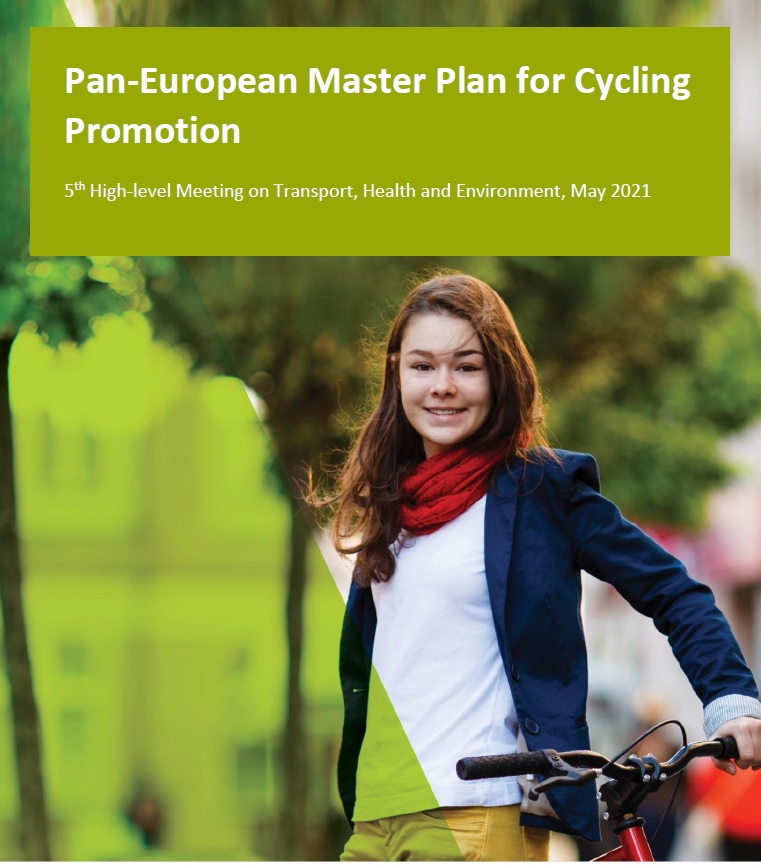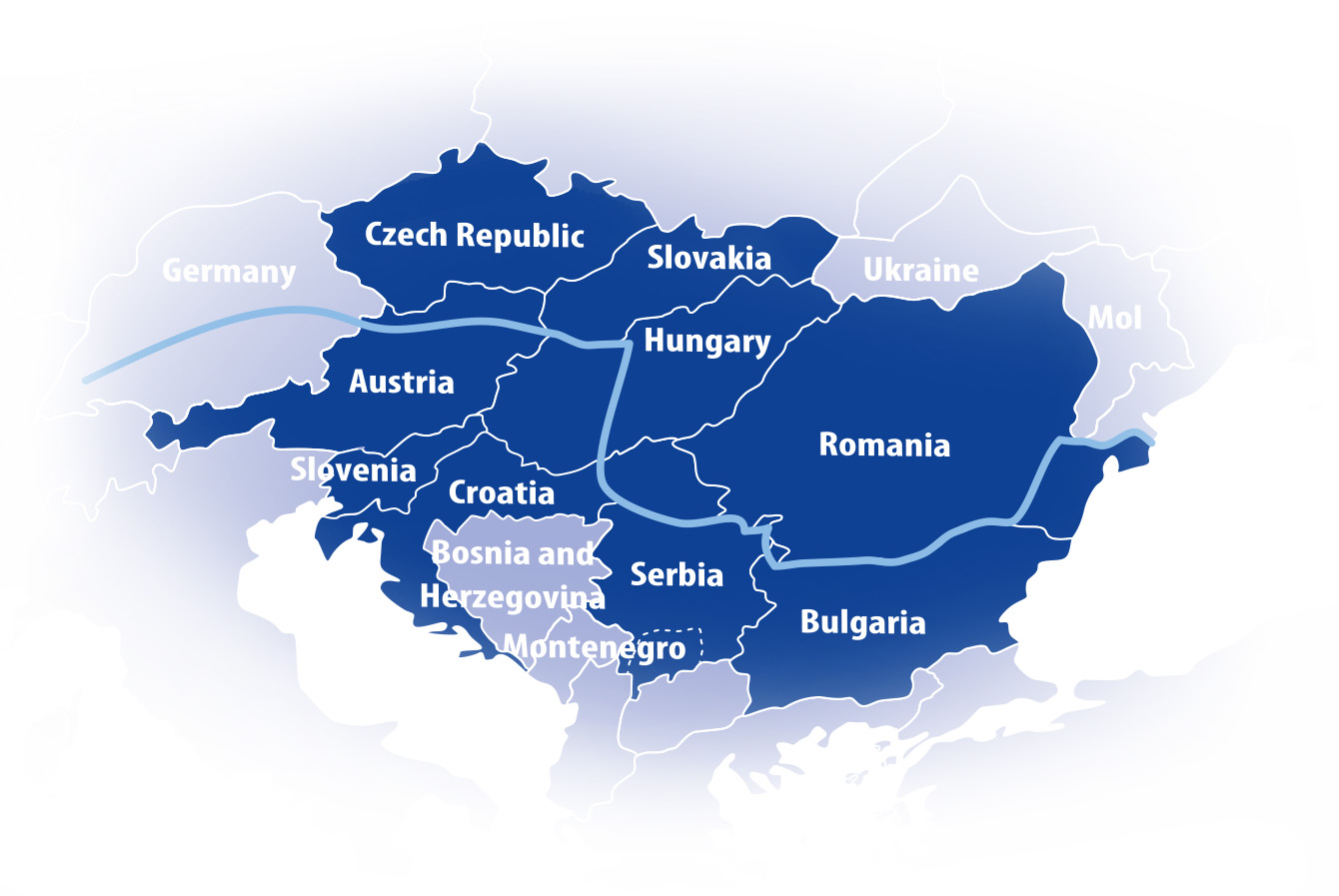Danube Cycle Plans - pan-European Master Plan for Cycling Promotion adopted! Implementation has already started
24-05-2021
The so-called Vienna Declaration was signed in Vienna on 18 May 2021, which included the pan-European Master Plan for Cycling Promotion. The document was adopted at the Fifth High-level Ministerial Meeting on Transport, Health and Environment in the frame of the Transport Health Environment Pan European Programme THE PEP.
This Ministerial Meeting brought together 46 ministers and state secretaries and representatives of 41 countries in the pan-European region, on 17-18 May 2021. Ministers and representatives of the European countries also adopted the Pan-European Masterplan for Cycling Promotion (PEMP), the first-ever strategic document on cycling officially adopted at the international level. The document which will become a fundamental guide for the development of active mobility across Europe was developed under the umbrella of the Pan-European Programme for Transport, Health and Environment (THE PEP) as a joint initiative of the United Nations Economic Commission for Europe (UNECE) and the World Health Organisation (WHO).
 The plan brings to following policy objectives to be met by 2030:
The plan brings to following policy objectives to be met by 2030:
- To significantly increase cycling in every country to contribute to the overall target of doubling cycling in the region as a whole;
- To increase the overall transport system’s resilience by providing appropriate space in favour of cycling and walking;
- To extend and improve the infrastructure for cycling and walking in every country in the region;
- To develop and implement national cycling policies, supported by national cycling plans, strategies and programmes including the setting of national targets in every country in the region;
- To significantly increase cyclists’ safety in every country in the region and to significantly reduce the number of fatalities and serious injuries in the region as a whole;
- To integrate cycling into health policies, including those tackling non-communicable diseases and obesity;
- To integrate cycling, including cycling infrastructure, into land use, urban, regional and transport infrastructure planning.
The document, which will become a basic guide for the development of non-motorized transport throughout Europe, was created under the heading of the Pan-European Transport, Health and Environment Program (THE PEP).
Conditions for cycling in the Danube region differ a lot. Some countries already have significant share of its population cycling, whereas in other countries the importance of cycling for transport, health, environment and/or the economy is barely recognized so far. Cycling is often treated as a side topic – in transport policies as well as for most official professional education where future planners, etc. don’t get sufficient training on cycling. Cycling infrastructure development especially at national and transnational level lacks coordinated planning, funding and implementation.

The Danube Cycle Plans project partners are therefore already implementing this program through their activities:
- Development of National Cycling Plans based on a common transnational Danube Cycling Strategy;
- Define a Danube Cycle Route Network, infrastructure standards and adequate financial support;
- Increase the awareness of relevant stakeholders for the needs of cyclists and increase their capacity to promote cycling.
Thanks to the common European strategy it should be easier to exchange examples of good practice on measures that create a cycling-friendly environment at European level.
Read more:
